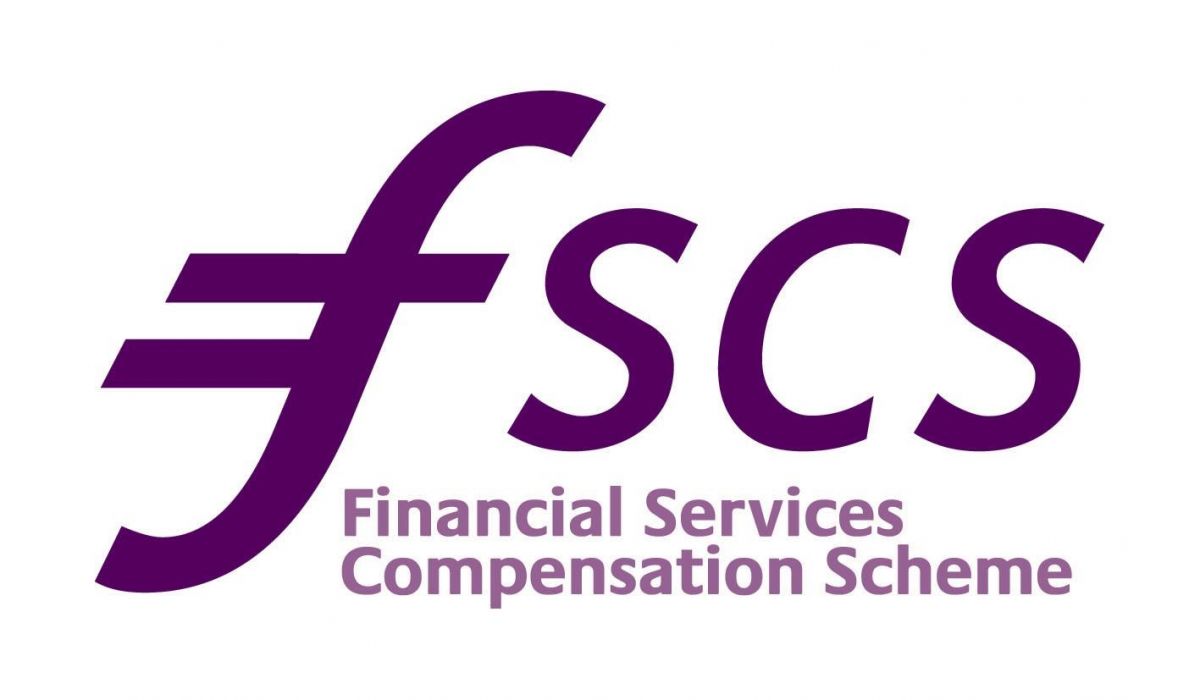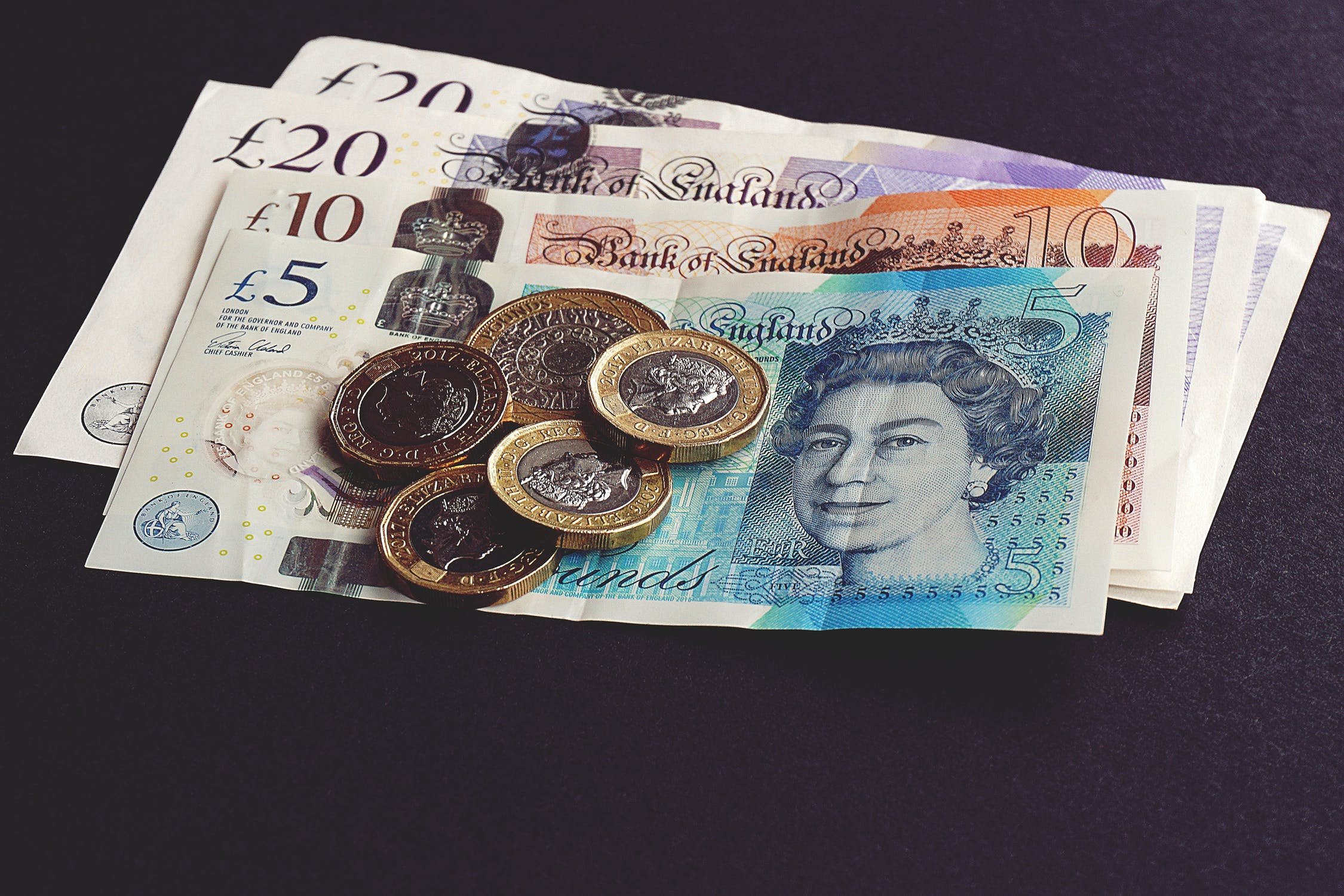Inflation in the UK has fallen to 8.7% in the year to April, down from 10.1% in March, according to the latest data from the Office for National Statistics (ONS).
This easing in the Consumer Prices Index (CPI) annual rate between March and April is a result of prices rising by 1.2% on the month, compared with an increase of 2.5% last year.
CPI inflation had been in double digits since September last year, hitting a peak of 11.1% in October.
Despite this fall in the annual CPI rate, ONS figures also shows that food price inflation is still running significantly higher at 19.1% in the year to April, a figure only marginally down from 19.2% in the year to March. Historic ONS data has shown that the annual rate for this category in April is the second highest seen for over 45 years, when the rate in August 1977 was estimated to be 21.9%.
CEO at fintech broker Loan.co.uk, Paul McGerrigan, commented: “It will come as a significant relief to most that inflation finally reduced by a material number to 8.7% in April, down from 10.1% in the previous month. It has taken a lot longer than predicted to start its decent. Let’s not get too excited however, the journey back to the target two per cent has only just started and we are in for a bumpy ride.
“Although fuel and energy prices are dropping notably, food prices grew an incredible 19.1% year-on-year in April. Many analysts now forecast 5% is the best CPI we can expect in 2023 – not the previously mooted 3%.
“Mortgage borrowers are praying this drop will stop the relentless barrage of interest rate rises and that a watching brief can be adopted by the Monetary Policy Committee. As an increasing number of borrowers see their current mortgage fixed rates end, monthly costs are skyrocketing, putting more pressure on homeowners.”
Head of savings at Shawbrook, Adam Thrower, suggested that for savers, the recent Bank of England decision to raise the base rate “represents another opportunity” to protect their savings from inflation.
“Now is not the time to sleep on your savings rate,” Thrower said. “Our research has shown that half (47%) of savers haven’t switched to a better rate in the last year, largely due to the perceived time and effort needed, meaning apathy could be costing them hundreds, if not thousands.”
Commenting on the impact for investors, chief investment analyst at Charles Stanley, Rob Morgan, added: “Financial markets are presently balancing the wide range of outcomes for inflation both globally and in the UK. However, a recent rise in government bond yields is indicative of a leaning towards higher and longer lasting inflation than previously anticipated.
“For instance, the 10-year gilt yield is presently around 4.1% having started the year at around 3.6%. This is keeping a lid on asset prices across the board as investors try to factor in the appropriate level of inflation and interest rate risk. All else being equal, higher inflation and interest rates to combat them is negative for most asset prices as investors require a higher rate of return, implying a lower starting value.”
Latest News
-
FCA sets out plans for improving mortgage market
-
LendInvest agrees £175m funding with HSBC and AB CarVal
-
House prices fall 1.8% in December – Rightmove
-
Nationwide fined £44m for financial crime control failings
-
Third of mortgage lenders expect regulatory scrutiny to ease in 2026
-
Second charge mortgage market continues growth
Perenna and the long-term fixed mortgage market

Content editor, Dan McGrath, spoke to head of product, proposition and distribution at Perenna, John Davison, to explore the long-term fixed mortgage market, the role that Perenna plays in this sector and the impact of the recent Autumn Budget
The role of the bridging market and technology usage in the industry
Content editor, Dan McGrath, sat down with chief operating officer at Black & White Bridging, Damien Druce, and head of development finance at Empire Global Finance, Pete Williams, to explore the role of the bridging sector, the role of AI across the industry and how the property market has fared in the Labour Government’s first year in office.
NEW BUILD IN FOCUS - NEW EPISODE OF THE MORTGAGE INSIDER PODCAST, OUT NOW

Figures from the National House-Building Council saw Q1 2025 register a 36% increase in new homes built across the UK compared with the same period last year, representing a striking development for the first-time buyer market. But with the higher cost of building, ongoing planning challenges and new and changing regulations, how sustainable is this growth? And what does it mean for brokers?
Does the North-South divide still exist in the UK housing market?

What do the most expensive parts of the country reveal about shifting demand? And why is the Manchester housing market now outperforming many southern counterparts?
In this episode of the Barclays Mortgage Insider Podcast, host Phil Spencer is joined by Lucian Cook, Head of Research at Savills, and Ross Jones, founder of Home Financial and Evolve Commercial Finance, to explore how regional trends are redefining the UK housing, mortgage and buy-to-let markets.
In this episode of the Barclays Mortgage Insider Podcast, host Phil Spencer is joined by Lucian Cook, Head of Research at Savills, and Ross Jones, founder of Home Financial and Evolve Commercial Finance, to explore how regional trends are redefining the UK housing, mortgage and buy-to-let markets.
© 2019 Perspective Publishing Privacy & Cookies











Recent Stories